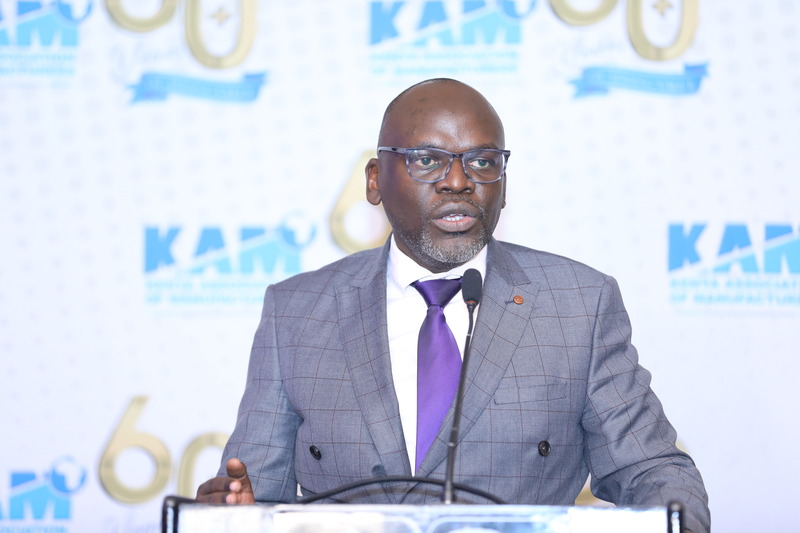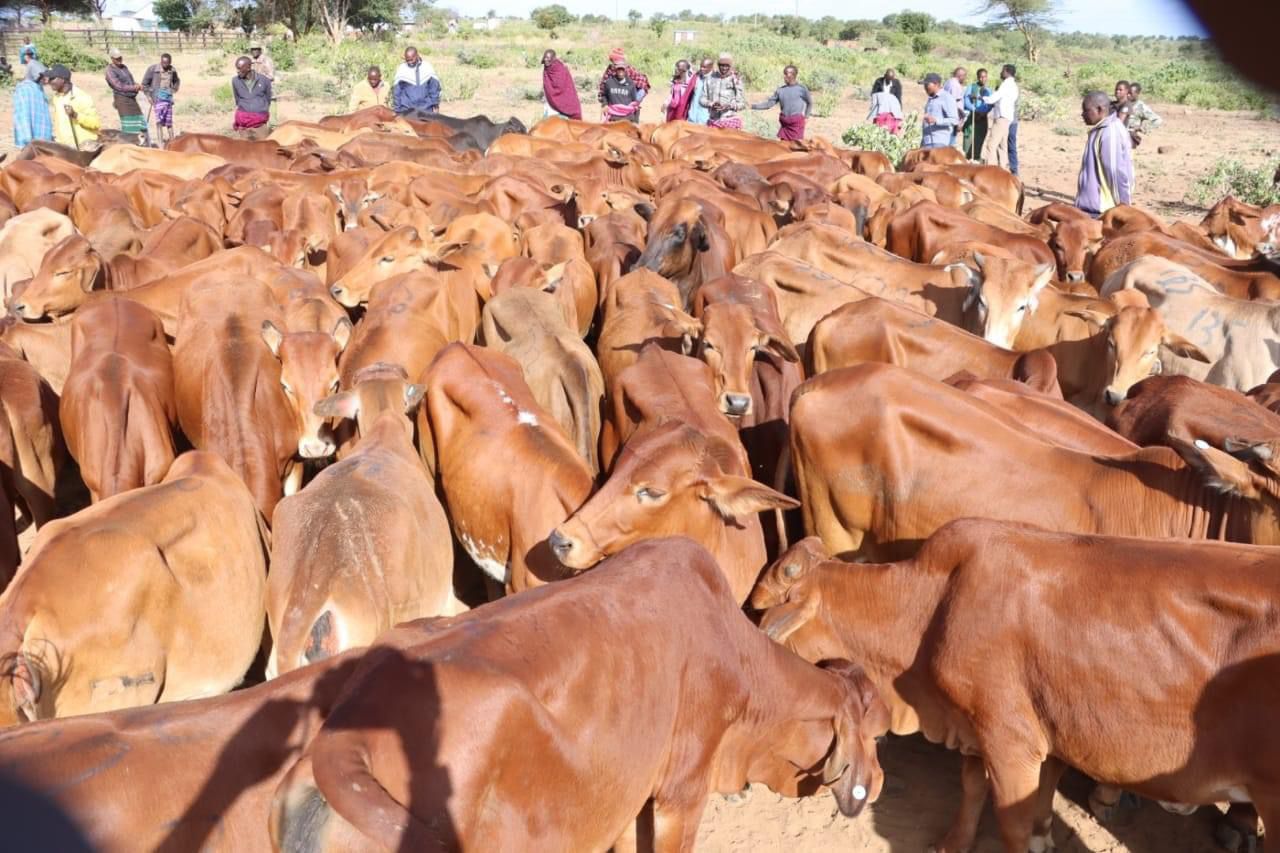Manufacturers push for improved market access, procurement clarity to achieve 2030 goals

By Alfred Onyango |
According to KAM, the umbrella body representing manufacturers in the country, local manufacturers have the potential to drive the 2030 agenda.
With an ambition to employ between one to three million Kenyans by 2030, Kenya's manufacturing sector would be well-positioned if it prioritises scaling local manufacturers and enhancing their access to markets.
According to the Kenya Association of Manufacturers (KAM), the umbrella body representing manufacturers in the country, local manufacturers have the potential to drive the 2030 agenda.
Keep reading
However, it notes that the majority of them are largely disadvantaged in areas that could propel their growth, such as market access through procurement.
"Firstly, the meaning of local manufacturing is unclear in the context of public procurement and does not address the issue of the percentage of local content a product should have to be recognised as local," KAM's 2024 procurement study report states.
This is despite the existence of a provision in procurement laws aimed at ensuring the sustainable promotion of local industry.
The provision requires that all foreign bidders in international tenders must include a mandatory criterion in their tender documents, stipulating that at least 40 per cent of their supplies must come from local contractors before they can submit a tender.
KAM therefore argues that the government and local manufacturers should develop an agreed definition of a locally manufactured product.
"The definition should be simple and easily applicable in procuring goods from local manufacturers by procuring entities," the report says.
"The definition of local supplier is often confused with citizen contractor and the combination of shareholding to apply margins of preference. There is also a challenge in confusing local suppliers with local goods, whereby awarding a local supplier is assumed to mean the supply of local goods. However, there is no direct correlation, as suppliers often import goods. There is a need to differentiate between the two."
Additionally, the study highlights gaps in the country's procurement plans, which allocate at least 30 per cent of the budget for businesses owned by women, youth, persons with disabilities, and other marginalised groups.
The 30 per cent reservation currently benefits enterprises owned by women, youth, and persons with disabilities (PWD), but the "other disadvantaged groups", such as micro and small businesses, have not been clearly identified to benefit from the reservations, KAM notes.
To ensure local producers are fairly considered in the procurement process for easy market access, KAM stresses the need for a centralised register of local manufacturers and their locally produced goods, from which procuring entities could conduct market surveys to inform procurement planning and subsequent acquisition of goods.
In addition to the registration of suppliers, KAM calls for a national electronic register of manufacturers that includes the category of locally produced goods.
The study also highlights challenges in the drafting of quality bidding documents.
Experts at the report launch on Wednesday warned that these challenges could worsen once efforts focus on customising tender documents to procure locally produced goods.
Nevertheless, the association pointed out the unfair treatment in the tender documentation, which bars local manufacturers from participating at an early stage, leaving them without market access.
It notes that the standard tender document for goods comprises 100 pages, while the tendering forms bidders are required to use to prepare and submit bids consist of only 24 pages. This suggests the tender documents are designed for efficiency to facilitate the preparation of bids.
"In practice, however, procuring entities demand that bidders fill in the information in the tendering forms and submit the entire tender document as the bid. This leads to bulky submissions, increasing the cost of doing business and discouraging small businesses from public tendering due to its complexity," said Dr Joseph Ogachi, the lead consultant at SPA Infosuv East Africa.
Speaking at the report launch, KAM Acting CEO Tobias Alando reiterated the need to find markets for locally produced products, as this offers the best chance to grow the sector's GDP contribution from single digits to double digits by 2030.
"Kenya has an ambitious plan to transform the manufacturing sector. This is through the Manufacturing 20BY30 Strategy, which seeks to increase the manufacturing sector's contribution to GDP from 7.8 per cent to 20 per cent by 2030," Alando said.
Reader comments
Follow Us and Stay Connected!
We'd love for you to join our community and stay updated with our latest stories and updates. Follow us on our social media channels and be part of the conversation!
Let's stay connected and keep the dialogue going!









